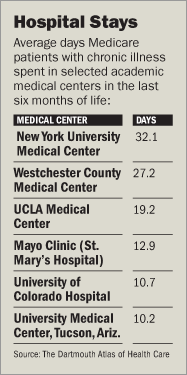MICROFINANCE is based on a simple idea: banks, finance companies, and charities lend small sums — often no more than a few hundred dollars — to poor third world entrepreneurs. The loan recipients open businesses like tailoring shops or small grocery stores, thereby bolstering local economies.
But does microfinance, in fact, help the poor?
To help answer this question, I visited Hyderabad, India, in June. . . .
. . .
My visit suggested that microfinance is working, but it is often more corporate, more commercial and under more attack than I had expected.
. . .
Near Hyderabad, in the state of Andhra Pradesh, political opposition to microfinance has begun. State officials have fed negative stories to the media. They charge that microfinance debts have driven some people to ruin or perhaps suicide. They call Spandana’s programs “coercive” and “barbaric.” They question whether the “community pressure” behind repayment is sometimes too severe.
The motives behind this campaign are twofold. The state is not a neutral umpire but rather has its own “self-help group” banking model, which lends at the micro level. Spandana and some of the other private microfinance groups are unwelcome competition. More generally, opposition to money lending has been frequent in the history of both India and the West. Not every loan will have a positive outcome, and it is easy to focus on the victims. Not all Indians have accepted the future of their country as an open commercial society with winners and losers.
. . .
The Indian political authorities must decide whether they will allow new businesses to spread, even when commercialization leads to some disappointments or competes with a state interest. The stipulation that no one can be harmed by progress is a sure recipe for stagnation.
For the full commentary, see:


 Source of graphic: online version of the WSJ article cited below.
Source of graphic: online version of the WSJ article cited below. Source of graphic: online version of the WSJ article cited below.
Source of graphic: online version of the WSJ article cited below.
 The Johnson twins who were displayed, and whose lives were saved, by Dr. Couney. Source of photo: online version of NYT article cited above.
The Johnson twins who were displayed, and whose lives were saved, by Dr. Couney. Source of photo: online version of NYT article cited above.